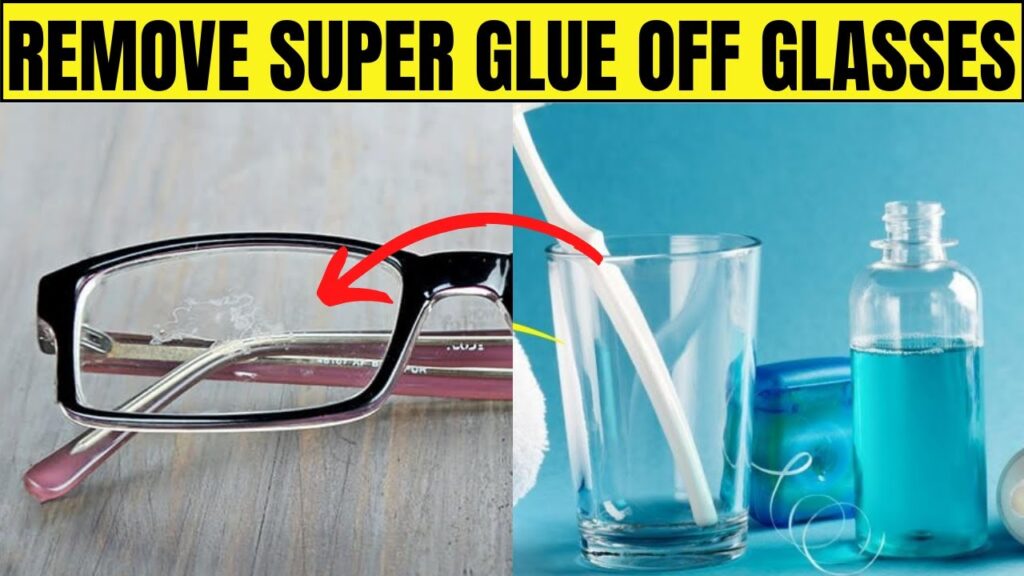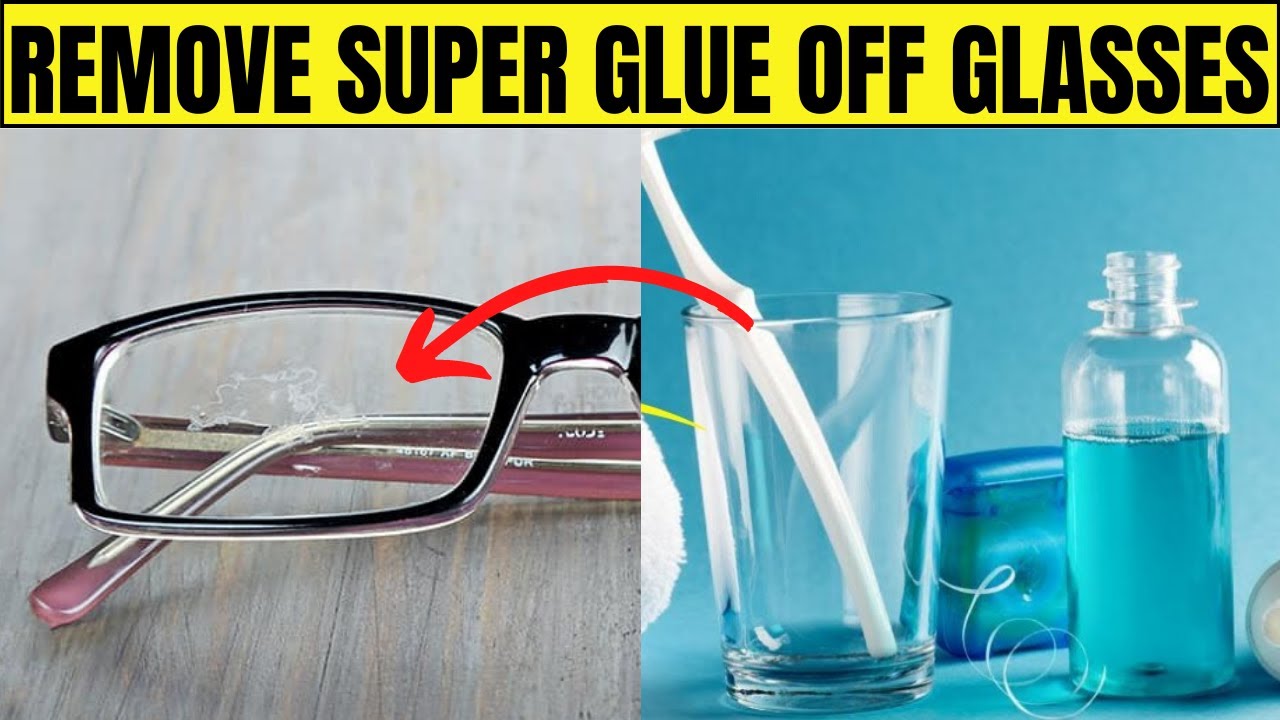
How to Get Silicone Off of Glass: A Comprehensive Guide
Silicone sealant is a versatile and widely used material, known for its excellent adhesive and sealing properties. From bathroom fixtures to aquarium construction, silicone plays a crucial role in various applications. However, its tenacious nature can become a problem when it ends up where it shouldn’t be, particularly on glass surfaces. Removing silicone from glass can be a frustrating task, but with the right tools, techniques, and a bit of patience, it’s entirely achievable. This comprehensive guide will walk you through various methods on how to get silicone off of glass, ensuring a clean and streak-free finish.
Understanding Silicone and Its Adhesion
Before diving into the removal process, it’s essential to understand why silicone adheres so strongly to glass. Silicone sealants are polymers that form a strong, flexible bond with various surfaces, including glass. This bond is due to the chemical interactions between the silicone molecules and the microscopic pores and irregularities on the glass surface. The cross-linking of silicone polymers during curing creates a durable and water-resistant seal, making it ideal for applications requiring long-lasting protection against moisture and environmental elements. This inherent strong adhesion is why removing it requires specific approaches.
Essential Tools and Materials
Having the right tools and materials on hand is crucial for effectively removing silicone from glass. Here’s a list of items you’ll likely need:
- Plastic Scraper or Razor Blade Scraper: These tools are designed to gently lift and scrape away the silicone without scratching the glass. Avoid using metal scrapers or blades directly on the glass surface, as they can cause irreversible damage.
- Soft Cloth or Microfiber Towel: Use these to wipe away loosened silicone and cleaning solutions.
- Spray Bottle: For applying cleaning solutions.
- Isopropyl Alcohol (Rubbing Alcohol): A solvent that helps break down the silicone bond.
- White Vinegar: Another effective solvent for softening silicone.
- Silicone Sealant Remover: Commercially available products specifically designed to dissolve silicone.
- Heat Gun or Hair Dryer: To soften the silicone for easier removal.
- Safety Gloves: To protect your hands from chemicals and sharp tools.
- Safety Glasses: To protect your eyes from splashes.
Methods for Removing Silicone from Glass
There are several methods you can use to remove silicone from glass, each with its own advantages and disadvantages. The best approach will depend on the amount of silicone to be removed, its age, and the type of glass surface.
Mechanical Removal
Mechanical removal involves physically scraping the silicone off the glass. This method is best suited for relatively fresh or loosely adhered silicone.
- Prepare the Area: Clean the glass surface with soap and water to remove any dirt or debris. Dry thoroughly.
- Softening the Silicone: Use a heat gun or hair dryer on a low setting to gently warm the silicone. Be careful not to overheat the glass, as this can cause it to crack. The heat will soften the silicone, making it easier to scrape away.
- Scraping: Using a plastic scraper or razor blade scraper, carefully begin scraping the silicone off the glass at a shallow angle. Apply consistent pressure and avoid gouging the glass. Work in small sections, and frequently wipe the scraper clean with a soft cloth.
- Repeat: Repeat the heating and scraping process until most of the silicone has been removed.
- Final Cleaning: Clean the glass with a glass cleaner to remove any remaining residue.
Solvent-Based Removal
Solvent-based removal uses chemicals to dissolve or weaken the silicone bond, making it easier to remove. This method is effective for both fresh and aged silicone.
- Ventilation: Ensure the area is well-ventilated to avoid inhaling harmful fumes.
- Application: Apply the solvent (isopropyl alcohol, white vinegar, or silicone sealant remover) directly to the silicone. You can use a spray bottle or a cloth soaked in the solvent.
- Soaking Time: Allow the solvent to soak into the silicone for at least 15-30 minutes. This will give the solvent time to break down the silicone polymers. For stubborn silicone, you may need to let it soak for several hours or even overnight.
- Scraping: After soaking, use a plastic scraper to gently scrape away the softened silicone. The silicone should come off more easily than with mechanical removal alone.
- Repeat and Clean: Repeat the application and scraping process as needed. Once all the silicone has been removed, clean the glass with a glass cleaner to remove any remaining solvent residue.
Using Silicone Sealant Remover
Silicone sealant removers are specifically formulated to dissolve silicone. These products often contain a blend of solvents and other chemicals that effectively break down the silicone bond.
- Read Instructions: Carefully read and follow the manufacturer’s instructions on the silicone sealant remover.
- Application: Apply the remover to the silicone, ensuring it is fully saturated.
- Soaking Time: Allow the remover to sit for the recommended amount of time, typically 30 minutes to several hours.
- Scraping: Use a plastic scraper to remove the softened silicone.
- Clean Up: Clean the glass with a glass cleaner to remove any remaining remover residue.
Tips for Stubborn Silicone Removal
Sometimes, silicone can be particularly stubborn and difficult to remove. Here are some additional tips to try:
- Layered Approach: Combine mechanical and solvent-based methods. Start by heating the silicone, then apply a solvent, and finally scrape it away.
- Multiple Applications: For aged or hardened silicone, multiple applications of a solvent may be necessary. Allow the solvent to soak in between applications.
- Patience: Removing silicone can be time-consuming, so be patient and avoid rushing the process. Rushing can lead to scratches or damage to the glass.
- Steam: Applying steam can help soften the silicone. Use a steamer or hold a damp cloth over the silicone and apply heat with a hair dryer.
- Razor Blade Technique: If using a razor blade scraper, hold it at a very shallow angle to the glass to minimize the risk of scratches.
Preventing Silicone Adhesion in the Future
Preventing silicone from sticking to glass in the first place can save you a lot of time and effort. Here are some tips to avoid future silicone adhesion issues:
- Precise Application: Apply silicone carefully and precisely, avoiding excess sealant.
- Masking Tape: Use masking tape to create clean lines and prevent silicone from spreading onto unwanted areas. Remove the tape immediately after applying the silicone.
- Proper Ventilation: Ensure the area is well-ventilated during application to allow the silicone to cure properly.
- Clean Surfaces: Clean the glass surface thoroughly before applying silicone to ensure good adhesion only where intended.
- Silicone Alternatives: Consider using alternative sealants that are easier to remove if strong adhesion isn’t necessary.
Safety Precautions
When working with chemicals and sharp tools, it’s crucial to take necessary safety precautions:
- Wear Safety Gloves: Protect your hands from chemicals and sharp tools.
- Wear Safety Glasses: Protect your eyes from splashes and debris.
- Ventilation: Ensure the area is well-ventilated when using solvents.
- Read Labels: Carefully read and follow the manufacturer’s instructions on all products.
- Dispose Properly: Dispose of used solvents and silicone waste properly according to local regulations.
Dealing with Different Types of Glass
The type of glass you’re working with can also influence the removal process. Here are some considerations for different types of glass:
- Tempered Glass: Tempered glass is more resistant to scratches and breakage, but it’s still important to be careful. Use gentle scraping techniques and avoid excessive force.
- Laminated Glass: Laminated glass consists of multiple layers of glass bonded together with a plastic interlayer. Avoid using excessive heat, as this can damage the interlayer.
- Coated Glass: Some glass surfaces have special coatings that can be easily damaged. Check the manufacturer’s recommendations before using any chemicals or abrasive tools.
- Antique Glass: Antique glass is often fragile and delicate. Use extreme caution when removing silicone from antique glass, and consider consulting with a professional.
Professional Help
If you’ve tried multiple methods and are still struggling to remove silicone from glass, or if you’re dealing with a particularly delicate or valuable piece of glass, it may be best to seek professional help. Professional glass cleaners have the expertise, tools, and chemicals to safely and effectively remove silicone without damaging the glass. They can also provide advice on preventing future adhesion issues.
Conclusion
Removing silicone from glass can be a challenging task, but with the right approach, tools, and patience, it’s definitely achievable. Whether you opt for mechanical removal, solvent-based methods, or a combination of both, remember to prioritize safety and take precautions to protect both yourself and the glass surface. By following the steps outlined in this guide, you can restore your glass surfaces to their original, pristine condition. Remember, understanding how to get silicone off of glass is a valuable skill for any homeowner or DIY enthusiast. Practice these techniques, and you’ll be well-equipped to tackle any silicone removal project.
The key to successful silicone removal lies in preparation, patience, and the use of appropriate tools and solvents. Always start with the gentlest method possible and gradually increase the intensity as needed. And when in doubt, don’t hesitate to seek professional assistance to avoid costly damage. With these tips in mind, you can confidently tackle any silicone removal project and achieve a clean, streak-free finish on your glass surfaces. This guide has provided comprehensive steps on how to get silicone off of glass effectively.
Remember to wear appropriate protective gear, such as gloves and safety glasses, when working with solvents and sharp tools. Proper ventilation is also crucial to avoid inhaling harmful fumes. Always read and follow the manufacturer’s instructions on any cleaning products or solvents you use. By following these safety precautions and the techniques outlined in this guide, you can safely and effectively remove silicone from glass surfaces. With persistence and the right approach, you can successfully remove silicone and restore the clarity and beauty of your glass. The ability to get silicone off of glass is a useful skill.
Understanding different methods of how to get silicone off of glass ensures you’re prepared for any situation. Whether it’s a small dab or a large, hardened blob, having the knowledge to safely and effectively remove silicone is invaluable. Remember to always test any cleaning solution on a small, inconspicuous area of the glass first to ensure it doesn’t cause any damage or discoloration. This is especially important for coated or tinted glass. By following these guidelines, you can confidently tackle any silicone removal project and achieve professional-looking results.
The information provided in this guide is intended for informational purposes only and should not be considered professional advice. Always consult with a qualified professional if you have any concerns about removing silicone from glass or if you’re dealing with a particularly delicate or valuable piece of glass. With careful planning and execution, you can successfully get silicone off of glass and restore the beauty of your glass surfaces. Knowing how to get silicone off of glass is a skill that will serve you well in various situations. This comprehensive guide has hopefully provided the knowledge and confidence you need to tackle any silicone removal project. So, get equipped, get informed, and get ready to remove silicone like a pro!
[See also: Removing Adhesive Residue from Glass]
[See also: Cleaning Windows Like a Professional]
[See also: How to Remove Caulk from Different Surfaces]

